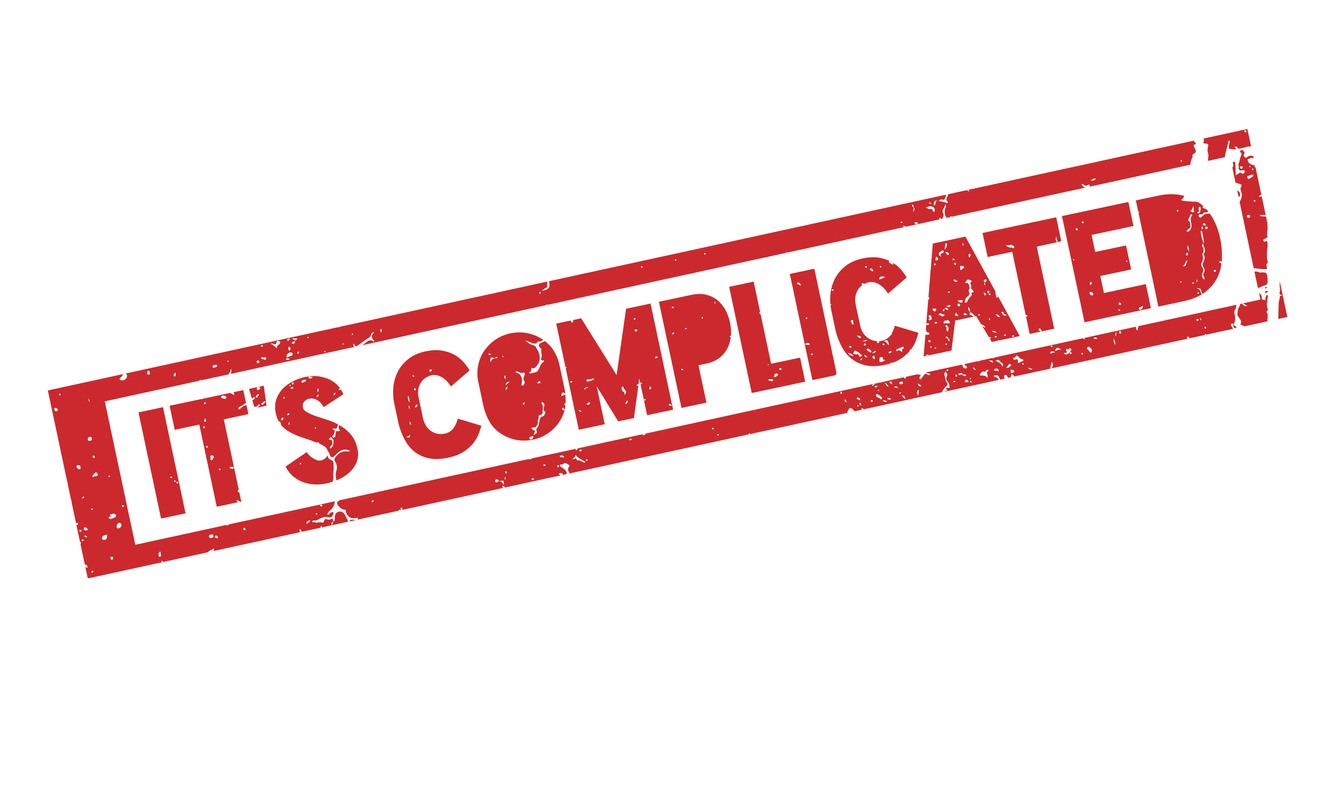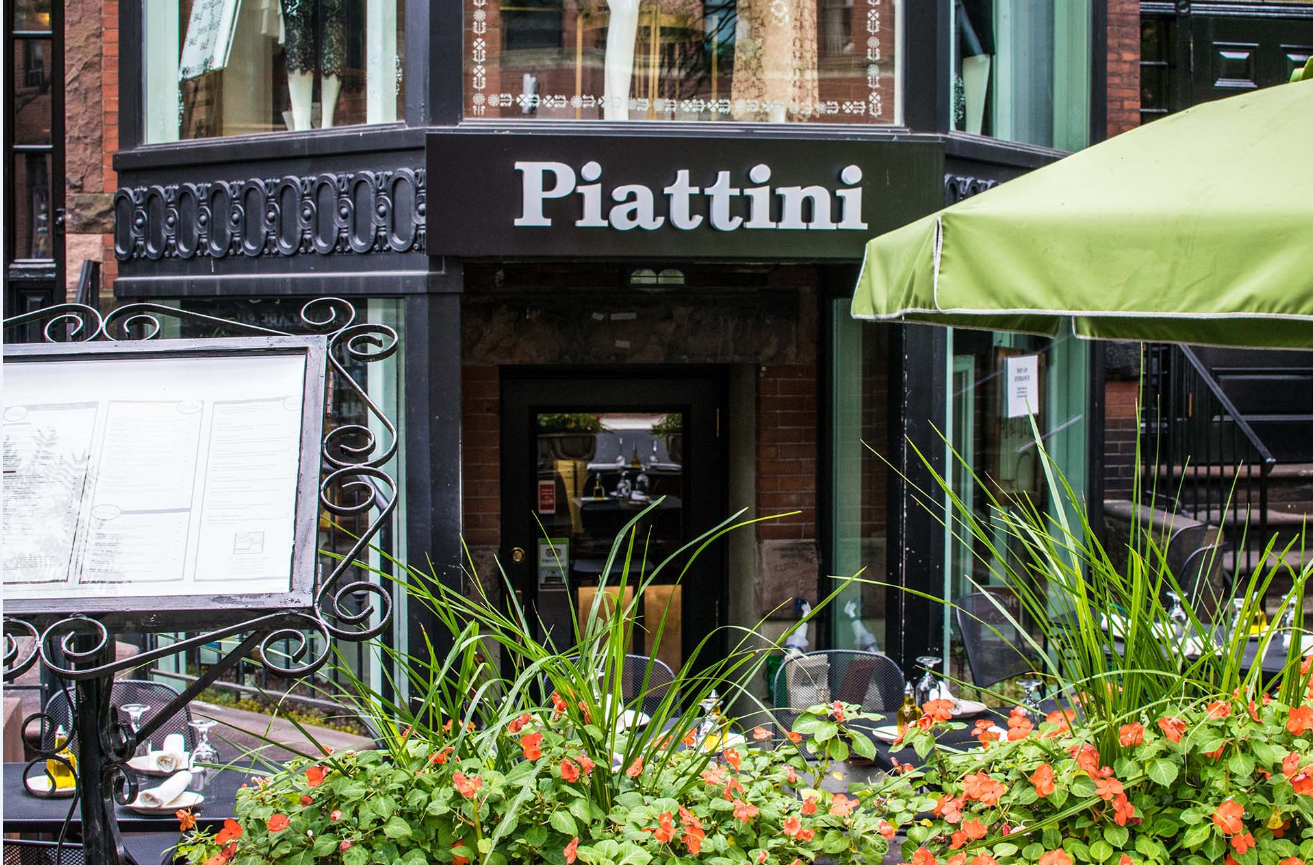By definition, “Improvements and Betterments” are changes/renovations undertaken by a tenant to make a structure more suitable for the tenant’s business or other purposes. These changes are made at the tenant’s expense, but the tenant cannot legally remove the improvements after installing them – even when a tenant may have made or paid for these improvements and betterments. Seemingly illogical, but true: the improvements & betterments paid for by the tenant ordinarily become the property of the landlord as soon as they are attached to the building. The tenant maintains a use interest in the I&B for the duration of his/her lease.
Let’s look at a typical example of I&B coverage coming into play with an insurance claim. A business owner leases 4,000 square feet in a commercial building. The new tenant (the business owner) spends hundreds of thousands of dollars remodeling the space into a business that will profit both the landlord and the tenant. Then, unfortunately, a massive fire occurs and the building needs to be razed. Who gets paid for the renovation work that the tenant just performed – the landlord or the tenant? The short answer is – it’s complicated. This is especially true when the claims process involves multiple insurance policies.
There are two major commercial property policies that cover I&B – the Commercial Policy and the Business Owners Policy. The major difference between the two policies is that the BP policy will allow the insured to recover at full replacement cost – as opposed to actual cash value – if the repairs are completed promptly.
The terms of the lease dictate whether you can legally remove an item that you paid to install. Some leases allow the tenant to remove fixtures, flooring, etc. at the termination of the lease. Therefore, you should always give your agent a copy of the lease so you can both be on the same page about the amount of I&B coverage you need.
An I&B claim requires you to show the insurer that you installed or purchased these items at your own expense. The insurer will usually require proof of the work such as invoices, cancelled checks and/or a purchase and sales agreement. Sometimes photographs are helpful as well if you performed the construction.
After a major loss, such as a fire, we have witnessed several occasions where the landlord will cancel the lease, forcing the tenant to seek a new location to operate their business. If the tenant has just spent thousands of dollars remodeling the space to their specific needs, then the I&B coverage should come into play. The tenant can claim the loss of use of their build-out for the prorated amount of time of the lease versus their costs.
Suppose a tenant opens a restaurant in a building that they do not own, for example, and signs a ten-year lease. The tenant renovates the building, installing $200,000 worth of I&B to make the vacant space into a restaurant. One year after opening, the building sustains a massive fire and the building is razed. The tenant would be entitled to 90% of their $200,000 under their I&B coverage.
When deciding what type of coverage to purchase for your business, get a current copy of your lease and have your agent review it to provide you with the proper coverage. Once SMW gets involved in a loss, we can only work with the policy that is in place at the time the loss occurs. This is another reason that business owners should use a qualified independent agent when deciding on which policies to purchase.
Important Takeaways:
• After a property loss, you must provide proof that you installed and paid for any and all improvements you made to your space.
• Make sure your insurance agent reviews your lease so s/he can sell you the right insurance coverage.
You can read our previously posted I&B blog here.




